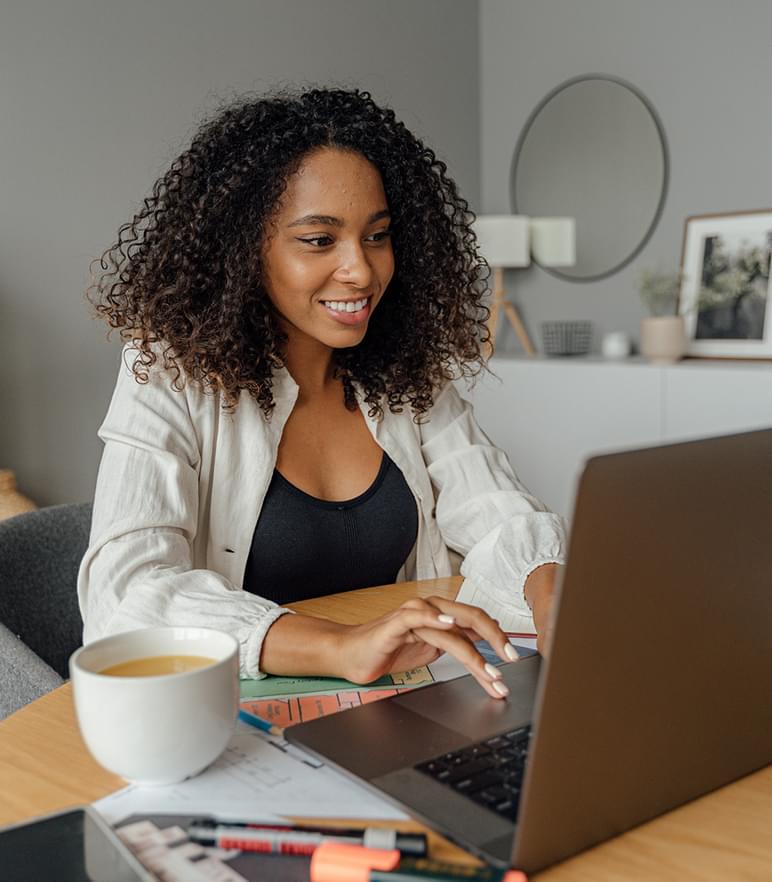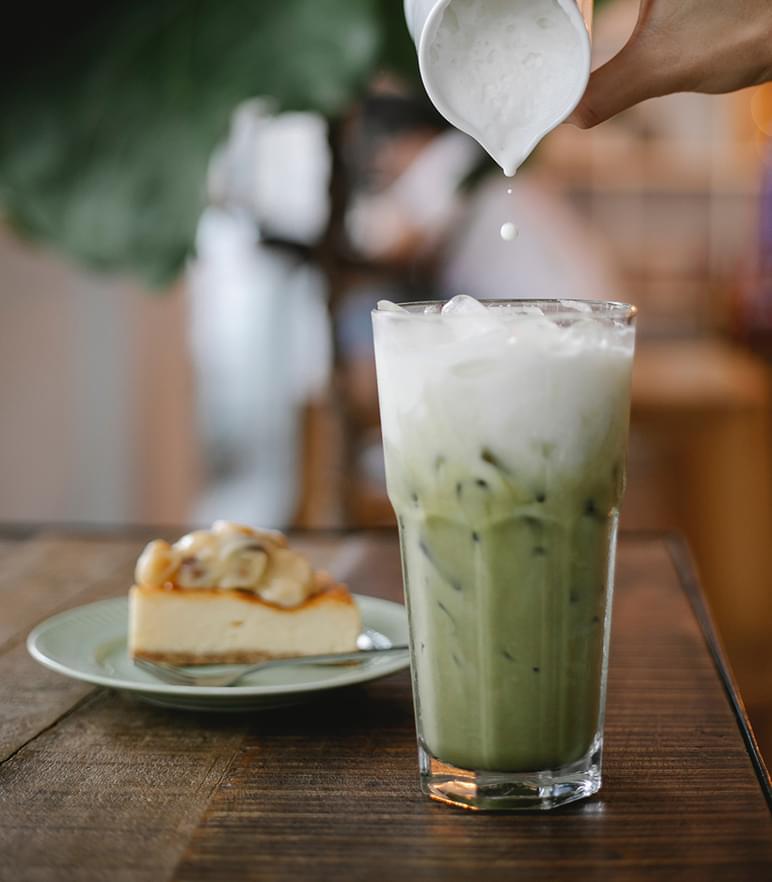Adapting to COVID: How research challenges can only lead to improved practices
The pandemic presented numerous hurdles in the world of market research. But despite the increased distance between us, we've got closer to consumers than ever before.

Noreen Kinsey
23 Jun, 2021 | 5 minutes
It goes without saying that in early 2020, the pandemic threatened numerous challenges for the market research industry. But fast forward to today, and here at MMR we thankfully find ourselves in the wonderful (and far from taken-for-granted) position of flourishing. We’ve adapted and overcome every hurdle that's come our way, and what’s exciting and challenging in equal measures is that many of those adaptations are here to stay. Yes, there’s been compromise - but with a certain spirit of ‘all in this together’ collaboration with our clients, it feels like we’ve squared the iron triangle of high quality, affordable and fast, with a strong evolution that sets us up for continued success.
‘Compromises’ such as running focus groups online that we would have traditionally thought ‘had to be’ face to face has in fact often proved hugely beneficial. And not just in terms of the richness of insight that consumers are offering, comfortable in their home environments, but also in the number of clients being able to observe research sessions via desktop software and apps from all over the world. No more 2-hour+ journeys to venues, and dinners courtesy of the motorway services!

Never resting on its laurels, MMR is constantly adapting to changing economic and commercial forces; the pandemic served to accelerate that process throughout this last year. From the more obvious answers - like moving Focus Groups and IDIs online (along with the challenges of getting products to 24 homes, rather than 1 venue) - to the less obvious solutions, such as figuring out how to continue Central Location Tests (CLTs) in lockdown. As a result, we’ve been successfully running a hybrid home usage test that we’ve termed Session HUT. It replicates a CLT session with consumers trialling products one after the other, as they would in-venue, but at home instead.
Our Session HUTs have been designed with measures in place to ensure usage is as close as possible to a CLT test. Time walls are inserted into the survey, during which time participants are asked to use palate cleansers. Time stamps ensure the length of time for product trial is within expected bounds. A product PIN-code (SKU unique) ensures the right products are tested in the assigned order when used alongside the product code. And digital allows us to add video – whether as a standalone introduction accessed by participants, or live monitoring of the whole session.
And, together with online Qual, if that all sounds a bit Truman Show, it sure is! And long may it continue. We’ve met pets, children, other household members, witnessed family ‘disagreements’ and so many more unguarded moments, that means we are in no doubt that participants are bringing their authentic selves to our studies.
We’ve seen a shift in consumer behaviour that won’t totally reverse, and the research industry has to be ready to help its clients navigate this new landscape. A dozen years ago, we were talking about the Path to Purchase being far from linear – but 2020 accelerated the forces at play. It’s not sufficient to monitor consumers’ multi-channel activities; behavioural economics is at the forefront of interpreting decisions and habits. The ability to evaluate innate, subconscious behaviour has never been more important. We can, for example, use passive metering to track where and how people are buying items online - how they research their purchase, seek advice and recommendations, and so on. A whole swathe of the population will be value-focused for the foreseeable future, as the world’s various K-shaped and other economic recoveries play out. Our aim should be to understand and help our clients predict how emerging behaviours impact other areas. When consumers do treat with reserved cash, what does that look like?
As our clients strive to understand increasingly fluid consumer behaviour, we’ve drawn on our Expresssuite of research approaches more than ever before to research pack, concept, range and product in an agile and cost-effective way. Flexibility will continue to be important. We team up with suppliers whenever a different lens is needed, such as our partnership with Voxpopme that allows us to incorporate video feedback from consumers as part of an online survey; or our E-Sync tool that allows us to sweep online conversations for sentiment and feedback nuggets for manufacturers, retailers and operators. We’ve even introduced an agile ‘U and A’ into our toolkit.

Our Sensory Panels have also pivoted; panelists have been kept busy at home, with our Out Of The Lab programme now a semi-permanent solution. There will always be a need, in some specific instances, to present blind coded samples under standardised conditions. However, that abstracts any user experience. We know that consumer preferences are influenced long before using a product - their initial interactions with the pack, for example, will impact preference. Hence, objectively quantifying how products perform from the first moment of contact (picking up a pack, opening a pack, the aroma during preparation, etc.) is very important. Working from home enables our sensory panelists to emulate the consumer experience and break it down into objective sub-components whilst using products in the ‘normal’ way (literally unpacking the user experience). Not something you can incorporate in sensory booths!
Now, we’re not saying there haven’t been drawbacks to the changes that 2020 brought. That 2-hour journey back from groups was a decompression window; time to assess what you’ve heard across the groups and crystallise insights. Debriefing to a large remote audience has its drawbacks too – it's certainly more difficult to keep energy levels high and to ‘read the room’ - but as researchers of the future, we have to adapt our working practices too, and embrace the need to develop new skills.
There is no knight in shining armour riding to the rescue of research’s toolkit; turns out all Snow White had to do was arrange a workshop via Klaxoon with the Queen, her henchman, and the dwarves, where they could all map their expectations for a rosy outcome. The future is about defining, in conjunction with our clients, what success looks like, and working back from there to ensure the research study, solutions, and any necessary adaptations, are fit for purpose.